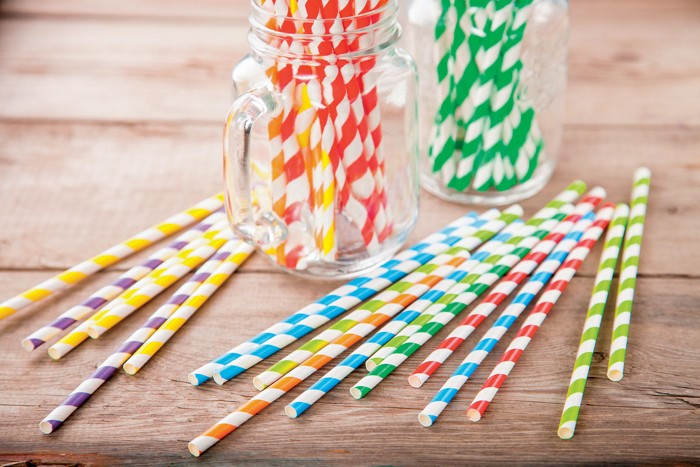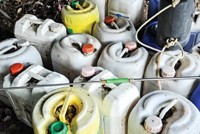Advertisement
Grab your lab coat. Let's get started
Welcome!
Welcome!
Create an account below to get 6 C&EN articles per month, receive newsletters and more - all free.
It seems this is your first time logging in online. Please enter the following information to continue.
As an ACS member you automatically get access to this site. All we need is few more details to create your reading experience.
Not you? Sign in with a different account.
Not you? Sign in with a different account.
ERROR 1
ERROR 1
ERROR 2
ERROR 2
ERROR 2
ERROR 2
ERROR 2
Password and Confirm password must match.
If you have an ACS member number, please enter it here so we can link this account to your membership. (optional)
ERROR 2
ACS values your privacy. By submitting your information, you are gaining access to C&EN and subscribing to our weekly newsletter. We use the information you provide to make your reading experience better, and we will never sell your data to third party members.
Persistent Pollutants
‘Biodegradable’ drinking straws contain PFAS
Plant-based drinking straws sold in the US contain PFAS that have been phased out of use in the country
by Katherine Bourzac
March 25, 2021
| A version of this story appeared in
Volume 99, Issue 11

As consumers turn to alternatives to single-use plastic, drinking straws made of plant-based materials like paper are coming into wider use, and many are marketed as biodegradable or even compostable. But an analysis of drinking straws available in the US detected 21 per- and polyfluoroalkyl substances (PFAS)—called “forever chemicals” for their extreme resistance to environmental breakdown—in 36 out of 38 brands of plant-based straws tested.
University of Florida toxicologist John Bowden was fascinated by the durability of today’s paper straws compared with older ones that would break down quickly in a drink, and he wanted to know whether the new straws’ water resistance might come from PFAS (Chemosphere 2021, DOI: 10.1016/j.chemosphere.2021.130238). So he and his colleagues tested them, as well as plant-based straws made of materials including poly(lactic acid), rice flour, and reeds. They extracted PFAS from the straws with methanol and measured PFAS levels in the extracts.
In the US, companies have voluntarily phased out two PFAS, perfluorooctanoic acid (PFOA) and perfluorooctanesulfonic acid (PFOS). Yet PFOA and PFOS were common in the straws.
This finding “signifies either ongoing use or contamination that continues decades after use has ended,” David Andrews of the Environmental Working Group, an advocacy organization, writes in an email. Drinking straws and food packaging, in which Andrews and others have detected the substances, are “textbook examples of nonessential uses” of PFAS, he says.
Bowden’s team tested a straw with high levels of the PFAS to determine whether the substances would leach out of the straws into water at temperatures typical of beverages and landfills. About two-thirds of extractable PFAS leached out at all temperatures tested. Bowden says this means that sipping your drink through a plant-based straw is a potential route of PFAS exposure. Small exposures add up: PFAS break down very slowly in the body, he says.





Join the conversation
Contact the reporter
Submit a Letter to the Editor for publication
Engage with us on Twitter